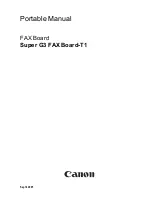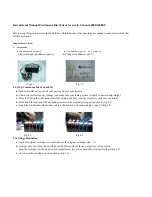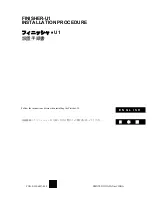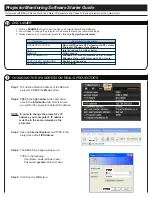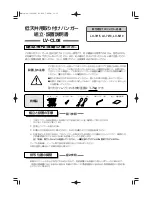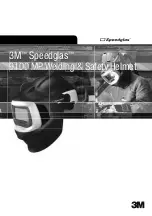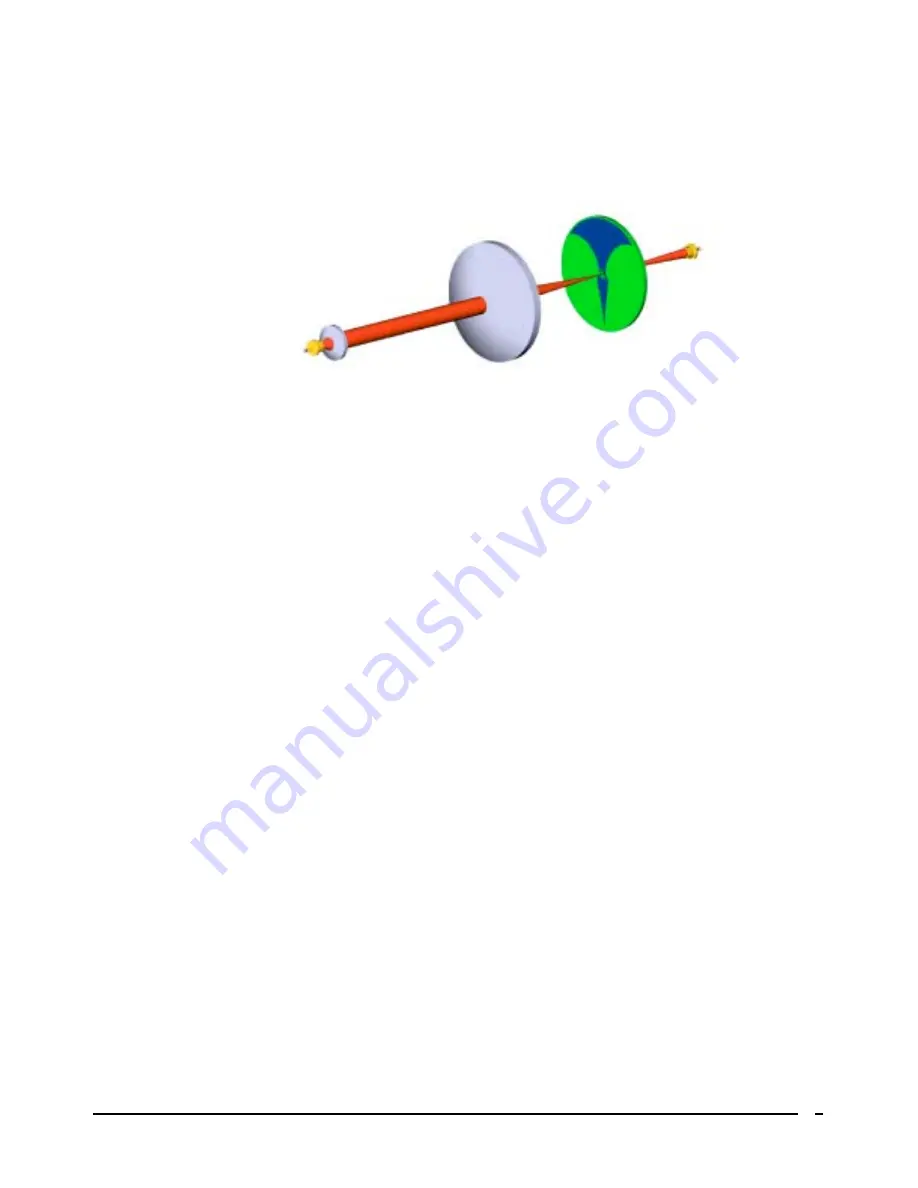
LISST - 25 User’s Guide
2
LISST-25X obtains the mean size and total concentration using a different
approach. By weighting the scattering in a particular way the total area
concentration and total volume concentration can be obtained. The ratio of
volume and area gives the mean size. This technique is very unique and
Sequoia Scientific has obtained a patent on this concept. Figure 1 below
shows a schematic of the optical layout of the LISST-25X.
Figure 1: Schematic of the optical path of the LISST-25X. The laser is collimated by the
small lens on the left. The collimated laser light passes through the water. Particles in the
water scatter the light which is collected by the larger receive lens. The specially shaped
detectors are place at the focal plane of the lens. The unscattered light passes through a
small hole in the center of the detector and is measured by a photodiode as optical
transmission.
The advantage of this approach is that the total volume concentration is
obtained regardless of the size distribution. For the LISST-25X, the range
of particles measured is 1.25 to 250 microns. Too many particles outside
this range will cause measurement errors. An extremely heavy
concentration of particles causes a condition called multiple scattering.
Multiple scattering arises when scattered light from particles is re-scattered
by other particles. The theory used to convert the scattering measurements
to a concentration value loses accuracy when there is multiple scattering.
When there is concern about the possibility of multiple scattering, a
general rule is that this effect occurs when the optical transmission has
dropped to 30% of its clean water value. As the transmission level drops
below 30% the error in the measurement of concentration will increase.
Similarly, a very low concentration of particles will cause a noisy estimate
of volume concentration and the mean size. The LISST-25X will perform
best when the optical transmission is between 95% and 30% over the
2.5cm path.
The LISST-25X is designed to be either a stand-alone instrument or a
complimentary sensor to a suite of instruments. It contains a built in
battery and datalogger. It also has the ability to be externally commanded
and powered. By using simple two letter commands, the user or master
datalogger can control the instrument to take a sample and transmit the
mean size and total concentration in calibrated units of microns and micro-
liters per liter.






















